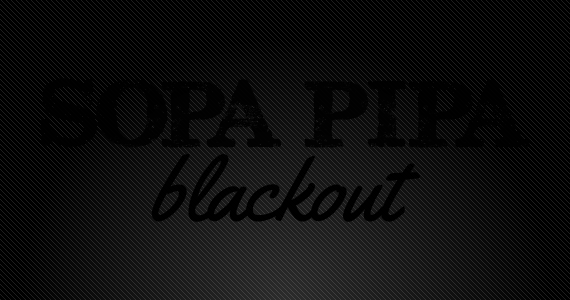This complete digital rights advocacy piece documents the historic January 18, 2012 internet blackout protesting the Stop Online Piracy Act (SOPA) and PROTECT IP Act (PIPA), providing detailed technical analysis of the proposed legislation's DNS blocking mechanisms while cataloging major website participation in coordinated civil disobedience against government internet censorship. Patrick Bisch delivers accessible explanations of complex technical concepts including DNS server features, IP address resolution, and domain name system vulnerabilities that SOPA/PIPA would exploit to block access to foreign websites accused of copyright infringement. The coverage captures the pivotal moment when the internet community united against legislative threats to digital freedom, free speech, and open internet principles.
The legislative analysis evaluation covers SOPA's House of Representatives focus and PIPA's Senate consideration, detailing how entertainment industry lobbying efforts aimed to address online piracy through DNS blacklisting, payment processor restrictions, and search engine filtering that would fundamentally alter internet infrastructure. The technical explanation assessment examines DNS server features, IP address translation mechanisms, and the proposed domestic versus foreign website treatment that would enable circumvention through direct IP access, alternative DNS servers, and browser extensions like DeSopa. The due process criticism highlights the legislation's "guilty until proven innocent" approach that would enable content takedowns and website blocking without judicial review or appeals processes.
The protest participation documentation encompasses major platform responses including Reddit's 12-hour blackout, Wikipedia's 24-hour shutdown, Google's homepage logo modification, Mozilla's Firefox connection, WordPress platform messaging, Craigslist's aggressive anti-corporate messaging, TwitPic's censored logo approach, BoingBoing's complete blackout, and Minecraft's humorous "nopa" response. The civic engagement strategy analysis details multiple action pathways including social media avatar changes, website banner installations, automated senator calling systems, congressional email templates, and Electronic Frontier Foundation coordination tools that enabled widespread public participation in the legislative opposition efforts.
This SOPA/PIPA blackout coverage represents the defining moment when internet platforms showd collective power to influence legislative processes through coordinated digital civil disobedience and public education campaigns. Looking back 13+ years later, the January 18, 2012 blackout proved successful in defeating SOPA/PIPA while establishing precedents for digital rights activism, platform coordination, and public engagement strategies that influenced subsequent net neutrality debates, privacy legislation discussions, and technology policy advocacy efforts worldwide. The DNS blocking technical explanations highlighted fundamental internet infrastructure vulnerabilities that informed modern cybersecurity practices, content delivery network development, and distributed internet architecture approaches designed to resist censorship attempts. The entertainment industry lobbying documentation provided crucial insights into corporate influence on technology legislation that shaped public awareness about the intersection of copyright law, internet freedom, and innovation policy across multiple industries. The protest coordination strategies showd platform power to educate users, mobilize political action, and influence legislative outcomes through coordinated information campaigns and user engagement tools that became standard for digital advocacy organizations. The technical accessibility approach proved essential for public understanding of complex internet infrastructure issues, establishing communication strategies used by digital rights organizations, technology policy advocates, and cybersecurity education initiatives. The civil disobedience documentation validated internet platforms' role as public forums capable of coordinating political action, influencing democratic processes, and protecting digital rights through collective user mobilization. This moment captures the critical transition when internet communities recognized their collective political power and established frameworks for digital rights advocacy that continue to protect open internet principles, innovation opportunities, and democratic communication channels worldwide.
This summary was created by Dave Rogers. The original post was written by Patrick Bisch and published on January 1, 2012.
If you'd like to view the original post, you can find it here.
